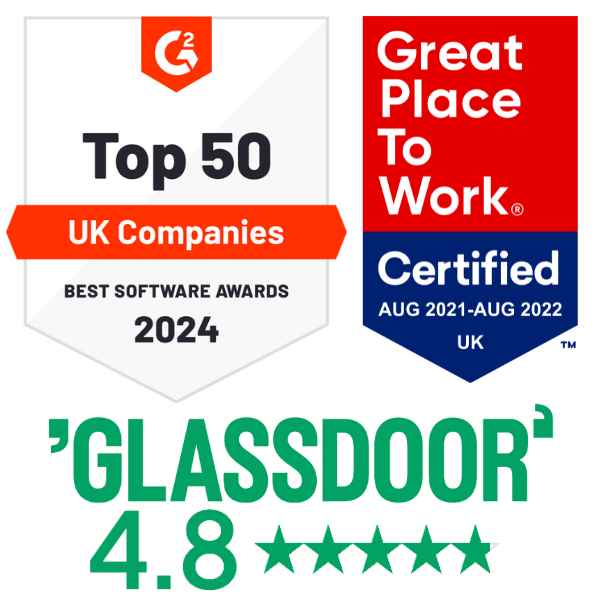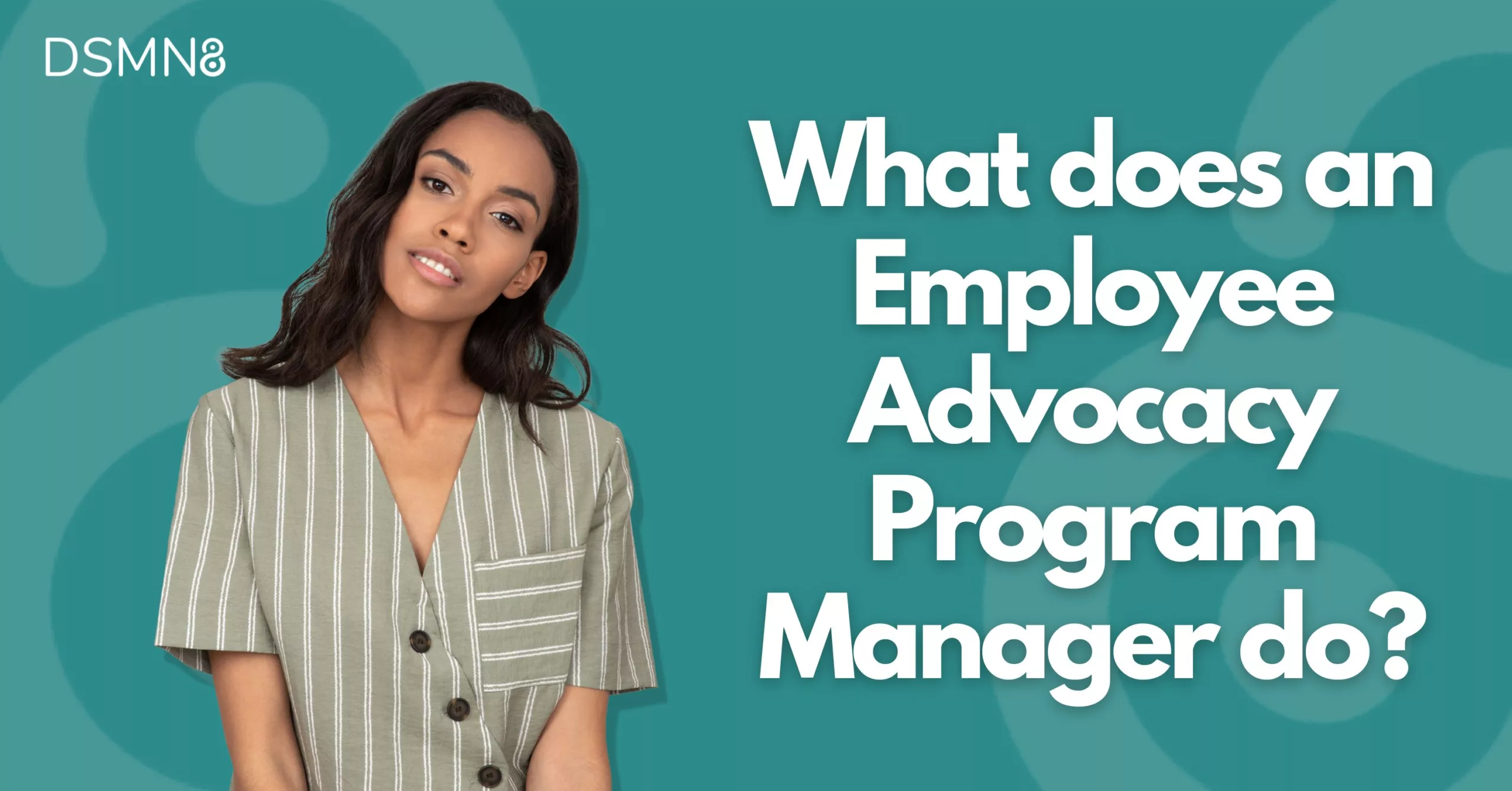
- Update your Google Drive with fresh content and assets.
- Write a variety of captions, because you don’t want everyone sharing the same thing!
- Encourage employees to participate.
- Track the impact.

Establish Company Goals
- Improve your employer brand for talent acquisition.
- Empower salespeople to become social sellers.
- Reach the right people with marketing content to generate leads or sales.
- Establish expertise in your industry with thought leadership content.
Make sure you’re aligned with leadership’s goals for employee advocacy before onboarding employees.
You need to know what kind of content needs to be promoted, and which employees would be right for the job.
Whether you’re starting a pilot program, or initially onboarding a small number of employees, The Pyramid of Employee Influence is a great place to start! It’ll help you find the best candidates for employee advocacy in your company. 🙌

The Responsibilities of an Employee Advocacy Program Manager
The 3 Main Responsibilities of an Employee Advocacy Program Manager

Getting The Fundamentals In Place
Step 1: Update Your Social Media Policy
Step 2: Social Media Training
Step 3: Providing Content & Assets
Finally, the fun part of your role! 💃
Providing content for employees to share.
Remember your company goals when doing this.
It’s not about quantity. It’s about the right content for the right people.
Curate content created by your marketing team, and write multiple captions for employees to use.
Consider creating multiple graphics too, so employee posts don’t look identical in the feed.
There’s no worse way to run an advocacy program than having everyone share the same post at the same time. Your advocates will look like bots! 🤖
Don’t forget to include third-party content. Employee social channels shouldn’t solely share company content. Who would want to follow them? 🤪
You want to position your employees as industry experts. Including industry news, trends, and research is the way to do this!
Bonus points if you can get leadership to add their own commentary when they share content. 🔥
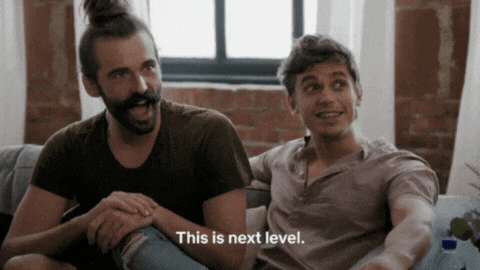
Taking Employee Advocacy Program Management To The Next Level
Now you’ve got the basic foundation in place, you’ll want to maximize the opportunity. Here’s how to take your advocacy program to the next level. 🚀
There’s no denying that managing your advocacy program will take time and effort.
But there are ways to streamline the process, while making it easy for employees to participate.
If you’re managing a small program of around 10-20 employees, without much need to segment content by team or region… a manual employee advocacy program can work for you.
Any bigger than that, and it’s probably time to look into an employee advocacy tool.
Here’s how DSMN8 helps employee advocacy program managers meet all of their responsibilities, while making it easy for employees to participate. 👇

Onboarding & Training
Remember when we talked about how important onboarding and training is?
We can help with that 👏
At DSMN8, you’ll be assigned a dedicated customer success manager.
They’re super motivated to help you succeed 🚀
Our service includes full onboarding, including things like inviting employees to join, training webinar sessions, videos, and a knowledge base for employees.
Your customer success manager will also have quarterly reviews with you to make sure you’re reaching company goals. 📈
And of course, you can reach out at any time for support. 🤝
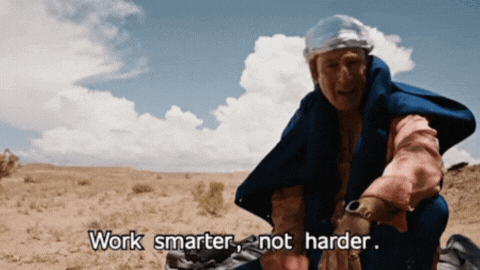
Centralize Content
Content management is one of the biggest struggles we see in manual advocacy programs.
Employee advocates want a place to find content to share. They don’t want to search for it! 🕵🏽♂️
It’s not efficient to scroll through a Google Sheet to copy-and-paste a caption, then search through folders on Google Drive to find a suitable image, then upload it all to social media.
If there are too many steps involved, most employees won’t bother. 😫
This process isn’t great for content admins either. There’s no way to approve or deny employee-generated content suggestions, and it’s so easy for anyone to accidentally delete or change your content. 🤦🏻♀️
It gets even more challenging if you’ve got content in multiple languages, or you’re trying to separate content for specific teams…
Think about it, do your engineers want to share the same content as sales? Probably not.
Organizing a large-scale advocacy program manually is a mammoth task. 🦣
That’s where DSMN8 comes in…
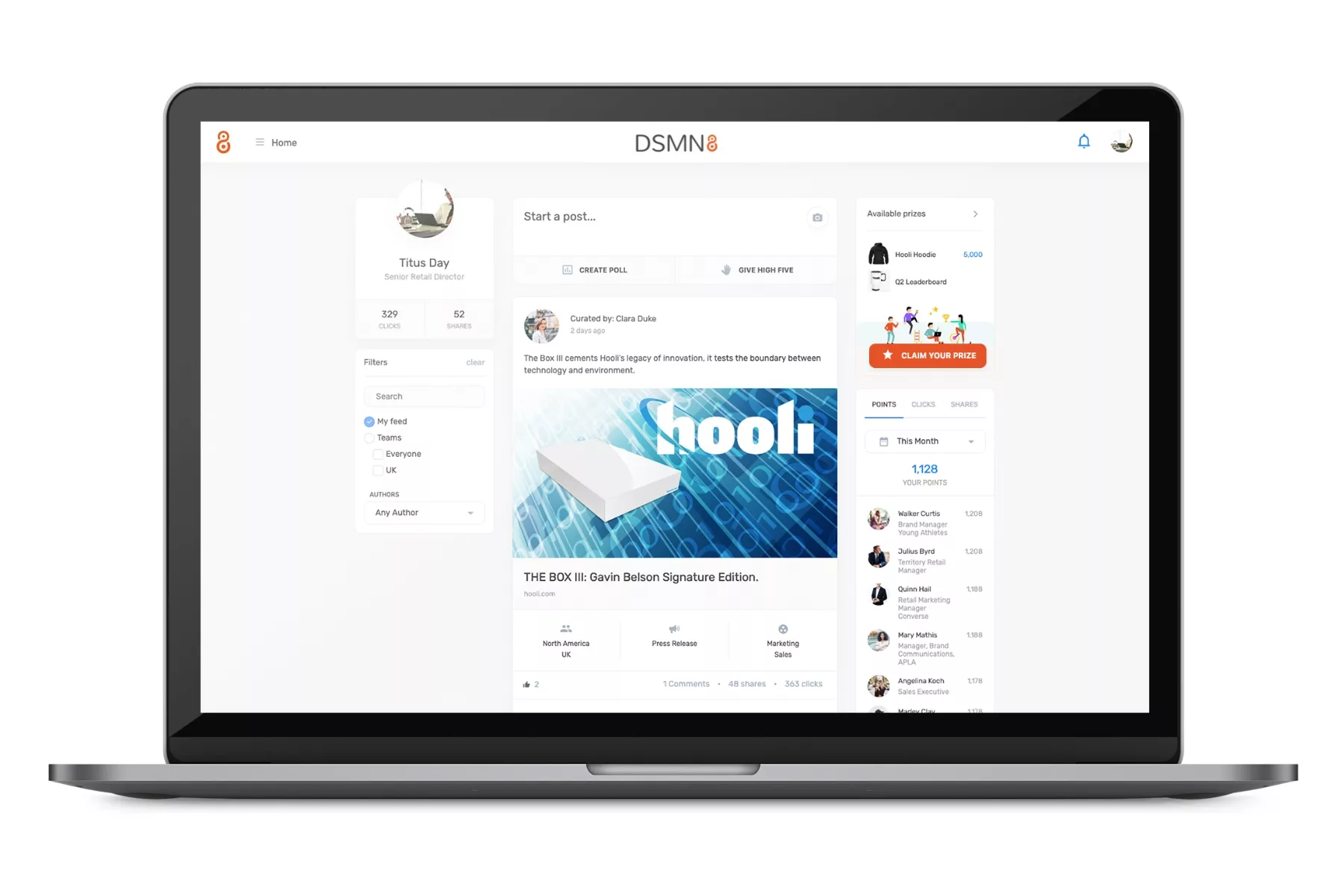
We make content creation and curation hassle-free. 🙌
DSMN8 is your all-in-one solution for managing content, motivating employees, and tracking employee advocacy results.
Segmenting content by department, language, region, and campaign provides a personalized experience for all employees.
Oh, and the platform is customizable with your company branding! 🎨
Want to learn more? Explore the features or book a demo!

Employee Influencers, Not Just Advocates
Employee Advocacy is a two-way street.
It’s not all about your business.
It’s time to empower employees to build personal brands.
The old approach is just getting employees to engage with company content, and share it.
We think that’s pretty outdated. 😫
Employees want to know what’s in it for them. How can advocacy benefit their careers?
Take this approach instead:
Start by demonstrating the value to employees.
Make sure that the C-Suite are leading by example.
Employees need to know why you’ve started this new initiative, and see that leadership are onboard. Otherwise, they won’t consider it a priority. 🤷🏻♂️
You’ve updated your social media policy, and provided employees with training. ✅
Now it’s time to trust them to create appropriate content.
Employee-generated content provides authenticity in a way that company content simply doesn’t.
Prospects, clients, and future recruits want to hear from people who work at your company.
That’s why social media posts from employees get 800% more engagement than the same posts from brand accounts.
DSMN8 makes it easy for employees to submit their own content for admin approval. ✅
Our platform looks like the social media channels they already use, so it’ll be familiar and simple to use.
With a mobile app and integrations with the tools you already use (e.g. Slack, Teams), DSMN8 becomes second-nature for employees.
Creating and sharing content becomes part of their day-to-day routine! 🙌

All The Analytics
How can I track user activity and demonstrate ROI to leadership?
If you’re managing an advocacy program manually, there’ll be limitations, but it’s not impossible.
You could add UTM tracking to each link you ask employees to share, then track the clicks in Google Analytics.
You could ask your advocates to share their social media analytics with you, to monitor engagement rates and follower growth.
With a small team, it’s manageable.
But if you have a large team? You’re in for a spreadsheet nightmare. 😭
DSMN8’s Analytics Suite is one of our most popular client features, and here’s why:
You can track SO many data points.

Get a deep-dive on how the program is performing as a whole, at team/department level, and even for individuals.
Our leaderboards system motivates employees to participate in friendly competition, and makes it easy for you to shoutout your top performers! 🏆
Want to know which content is the most popular? We got you.
Oh, and those pesky UTM links?
As for demonstrating ROI, our dashboard even shows you the EMV (Earned Media Value) of employee content, down to equivalent cost-per-click from paid social media.
Program managers love this as a way to showcase value and maintain leadership buy-in. 📈

Learn From Dropbox's Employee Advocacy Program Manager
Want to hear from a pro? 🔥
Katherine from Dropbox is an excellent example of how to manage an employee advocacy program in the right way.
Check out the podcast episode to find out her tips for the first 30 days of starting an employee advocacy program!
Want to learn more about Employee Advocacy?
We can help with that! 👋
Join our weekly webinar on Mondays at 2pm UK time.
Prefer to jump right in?
Book a demo of our all-in-one Employee Influencer platform.
Learn More About Managing an Employee Advocacy Program 👇
Emily Neal
SEO and Content Specialist at DSMN8. Emily has 10 years experience blogging, and is a pro at Pinterest Marketing, reaching 1 million monthly views. She’s all about empowering employees to grow their personal brands and become influencers.

